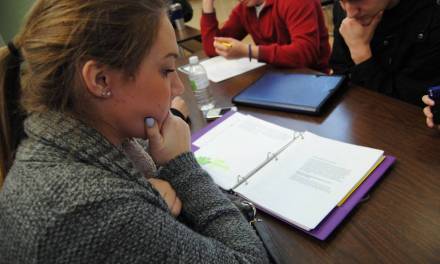As we have seen, the person-centred approach aims to deliver an inclusive method which we believe will be highly beneficial to pupils, parents and teaching staff alike.
This method provides a greater emphasis on pupil involvement, allowing pupils with special educational needs to gain increased control over their learning.
In order to make this process as hassle-free as possible, we have compiled our top 5 tips for the transition to a person-centred planning approach:
1. Consider the layout
Get the school council to help design the layout of the OPP. This should be straightforward, simple and have a user-friendly layout.
2. Involve your pupils
Create a PSE scheme of work based around students filling in their own OPP. Generates the content needed and also enriches the curriculum on offer.
3. Utilise technology
Can you use an existing IT system in school to keep OPPs digital? If something can be updated more regularly and accessed quickly, it is much more likely to be used.
4. Staff training
Factor in additional training for staff on the approach so they feel empowered to use it. Rather than taking a didactic approach, however, give the new forms out and get staff to fill one in about themselves, or each other – they will feel much more involved in the process and have a greater empathy for the experience of the student.
5. Include all students
Let all students have their own OPP. They don’t have to be in-depth and the content can be almost exclusively student generated, but the sense of ownership of, and engagement with, the learning process will be enormous. The added benefit of this is that SEN students will be much less excluded if everyone has the same thing and all students will have a sense of their own importance and needs.










